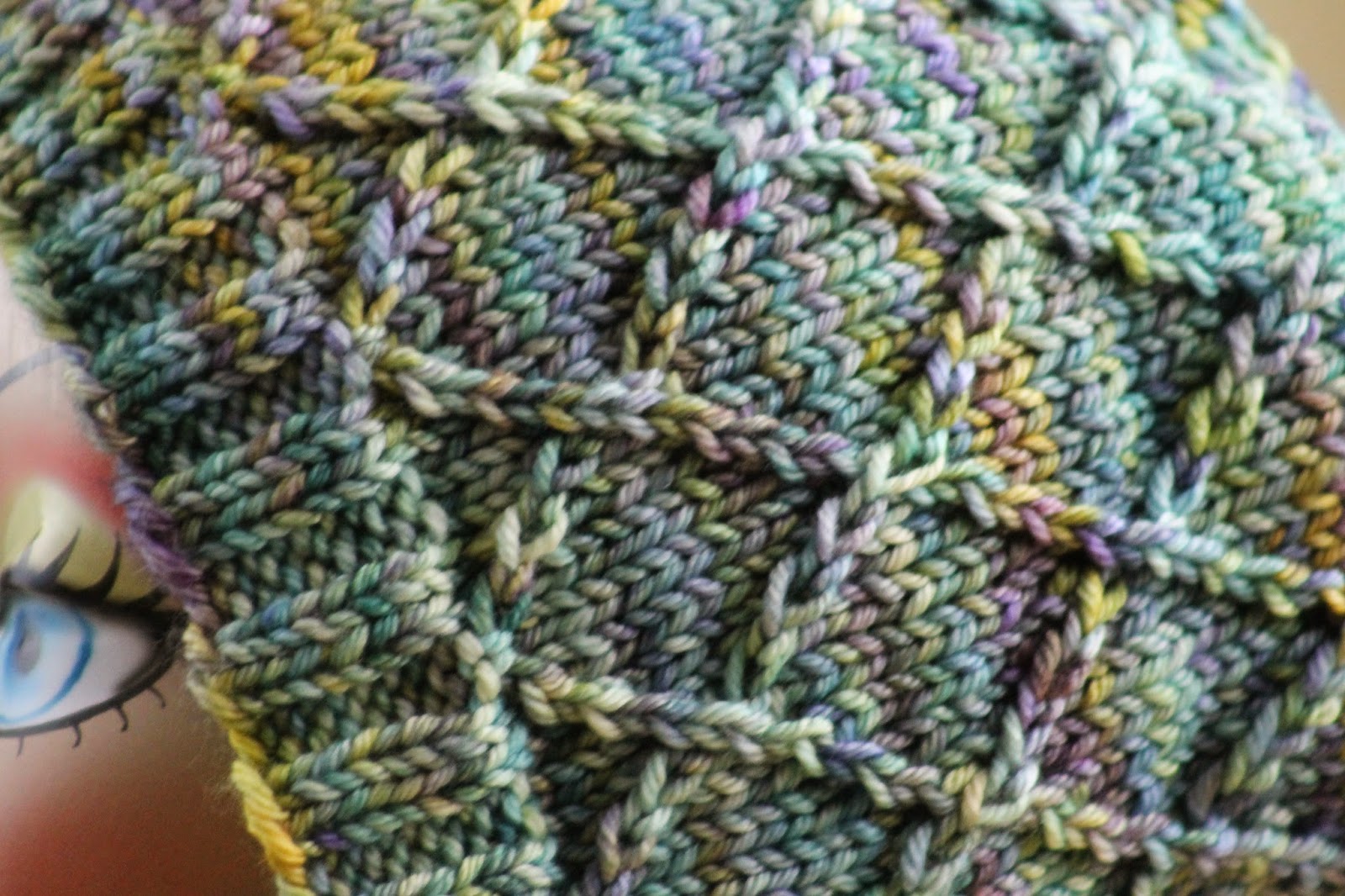 |
| Iris Bloom Bonnet |
First and foremost: yes, this yarn is divine. Simply heavenly. Gorgeous, lovely to knit, and beautifully variegated. But even if you don't have or can't find this particular fiber, you're in luck, because I have a sneaking suspicion that this super fun hat would look great in almost any worsted weight yarn. And if that's not incentive enough to make this hat, then consider this: I actually wrote up two patterns for this little beauty - one version that includes knitting in the round, and one that's made entirely on straight needles. Both begin in the same way, below.
Note as of 11/24/15: This hat fits like an adult small. I have adapted the in-the-round version of the pattern for an adult large in the comments below. :)
Update February 22, 2021: For some reason, the comments no longer seem to work on this post. Please email me with any questions at ballstothewallsknits@gmail.com.
Yarn: Malabrigo Rios (100% Merino Superwash; 210 yards [192 meters]/100 grams); #416 Indiecita - one skein
Needles: One set of straight needles in size US 5, one set of straight needles in size US 7, one 16" circular needle in size US 7, and one set of double pointed needles (dpns), also in size US 7 (if you're knitting it entirely on straight needles, you don't need the circulars or dpns)
Notions: Tapestry needle, three stitch markers
Gauge: 18 stitches = 4 inches in stockinette
So let's get started! For either version of this hat, we'll be working from the brim of the piece, and we'll begin by working back and forth rather than in the round. As such, using your straight needles in size US 5, cast on 118 stitches loosely. Then work the following rows:
Edging Row 1 (wrong side): p2, * k2, p2; rep from *
Edging Row 2: k2, * p2, k2 *
Yarn: Malabrigo Rios (100% Merino Superwash; 210 yards [192 meters]/100 grams); #416 Indiecita - one skein
 | |
| This stitch pattern makes me wanna say "yeah!" My kids would be so embarrassed. |
Notions: Tapestry needle, three stitch markers
Gauge: 18 stitches = 4 inches in stockinette
So let's get started! For either version of this hat, we'll be working from the brim of the piece, and we'll begin by working back and forth rather than in the round. As such, using your straight needles in size US 5, cast on 118 stitches loosely. Then work the following rows:
Edging Row 1 (wrong side): p2, * k2, p2; rep from *
Edging Row 2: k2, * p2, k2 *




















